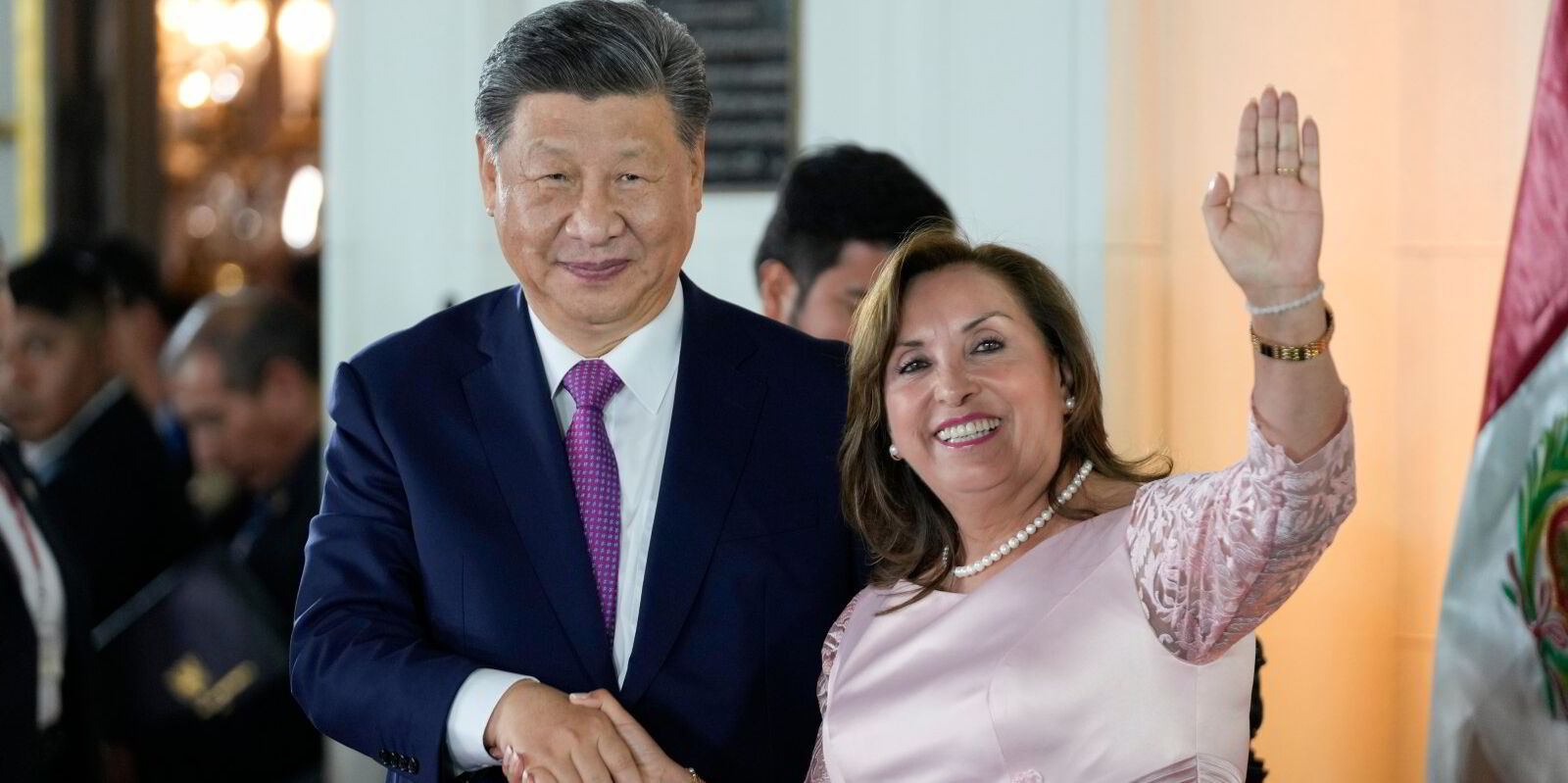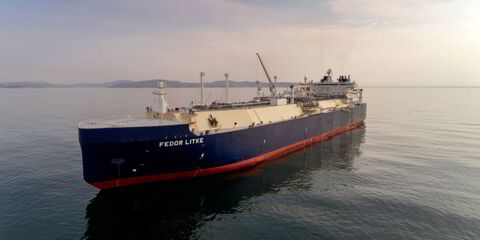Presidents Xi Jinping of China and Dina Boluarte of Peru led the launch of a $1.3bn port that will give Cosco a South American hub.
China Cosco Shipping owns 60% of Chancay Port, which was built as part of the Belt and Road Initiative to extend China’s reach through logistics infrastructure investments.
Previously guaranteed exclusive access by Peru that was later rescinded, China’s largest shipping company is expected to remain the key user of the port.
“Looking ahead, Cosco Shipping Chancay Port aspires to become a hub port in Latin America, distinguished by its operational efficiency and dedication to green, low-carbon growth,” the company said.
“Through effective operation, the port aims to transform the shipping routes between Chancay and Shanghai into a thriving path for the mutual prosperity and development of China and Latin America.”
Boluarte and Xi met in Lima to inaugurate Chancay port remotely by video link, even though the new port is a 90-minute drive away.
Cosco said the deepwater port provides geographic advantages that allow “seamless” logistics connectivity.
The 1,500-metre quay includes two container berths and two multipurpose berths.
It can handle the largest boxships and has 1m teu of annual container throughput capacity, as well as 6m tonnes of bulk cargo and 160,000 vehicles.
The port is connected directly to the Pan-American Highway via a 1.8-km tunnel.
Cosco described the facility, which will initially employ 8,000 people, as the “first green and smart port” in South America.
“Chancay Port has integrated intelligent loading and unloading equipment, with pure electric container trucks alone contributing to a decrease in energy consumption of over 25%,” it said.
The company plans to start with trial operations before making Chancay a regional distribution hub.
Liner operator Cosco Shipping Line aims to launch two direct services between Shanghai and Chancay that will reduce transit times by 23 days compared with its existing services.
The Cosco group plans a ro-ro service to set up the port as a South American vehicle distribution centre.
But this is just Phase 1.
China has committed to invest $3.5bn in the port, including expansions.





